Energies, Free Full-Text
Por um escritor misterioso
Last updated 10 novembro 2024
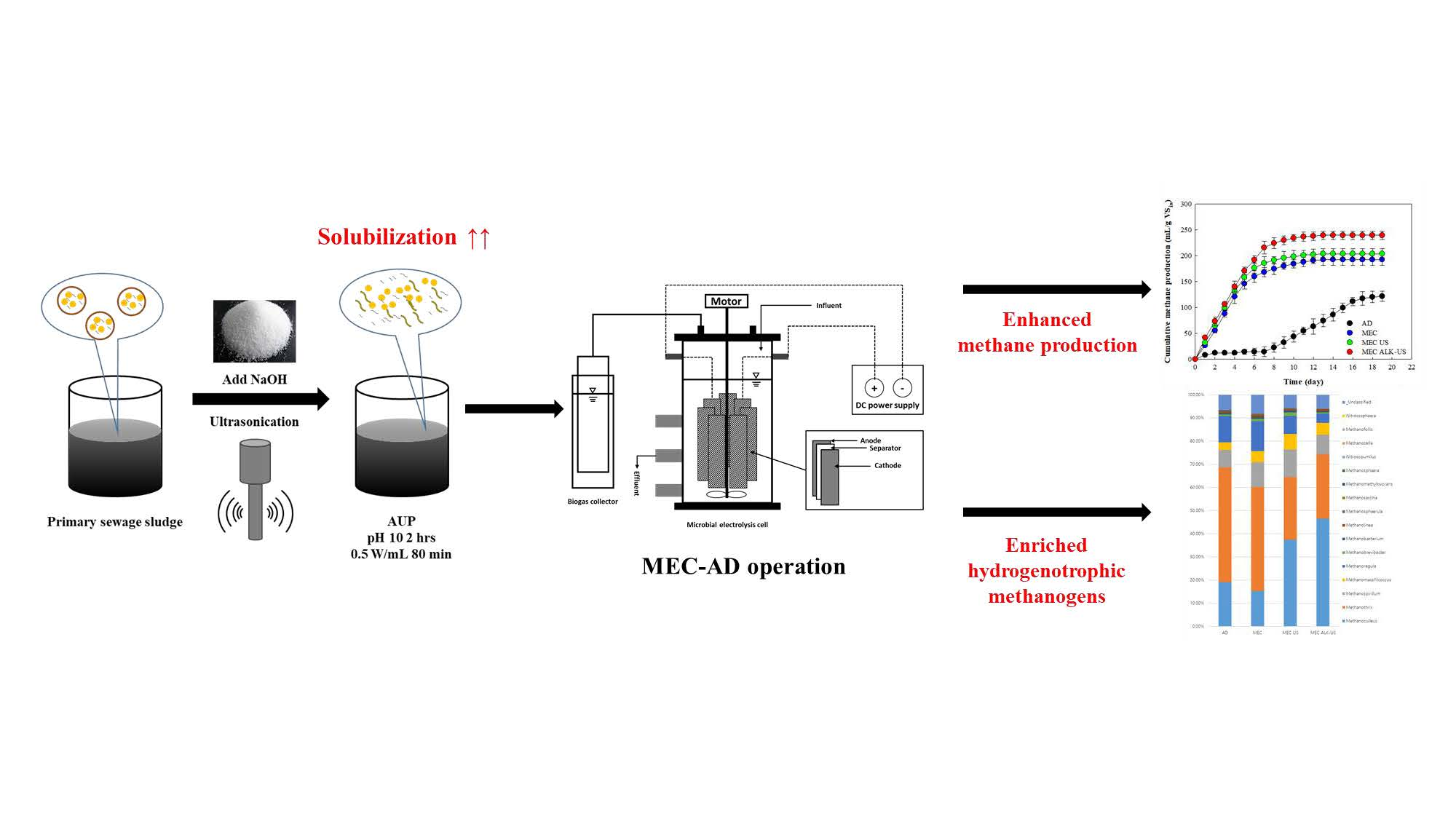
Ultrasound and combined alkaline–ultrasound pretreatment (AUP) strategies were examined for primary sewage sludge (SS) disintegration and were utilized to evaluate the degree of solubilization (DS). Further, the pretreated primary SS was operated in microbial electrolysis cells (MECs) to maximize methane production and thereby improve the reactor performance. The highest DS of 67.2% of primary SS was recorded with the AUP. MEC reactors operated with the AUP showed the highest methane production (240 ± 6.4 mL g VSin−1). VS (61.1%) and COD (72.2%) removal in the MEC ALK-US showed the best organic matter removal efficiency. In the modified Gompertz analysis, the substrate with the highest degree of solubilization (AUP) had the shortest lag phase (0.2 ± 0.1 d). This implies that forced hydrolysis via pretreatment could enhance biodegradability, thereby making it easy for microorganisms to consume and leading to improved MEC performances. Microbial analysis implicitly demonstrated that pretreatment expedited the growth of hydrolytic bacteria (Bacteroidetes and Firmicutes), and a syntrophic interaction with electroactive microorganisms (Smithella) and hydrogenotrophic methanogens (Methanoculleus) was enriched in the MECs with AUP sludge. This suggests that the AUP strategy could be useful to enhance anaerobic digestion performance and provide a new perspective on treating primary SS in an economical way.

Free energy along drug-protein binding pathways interactively
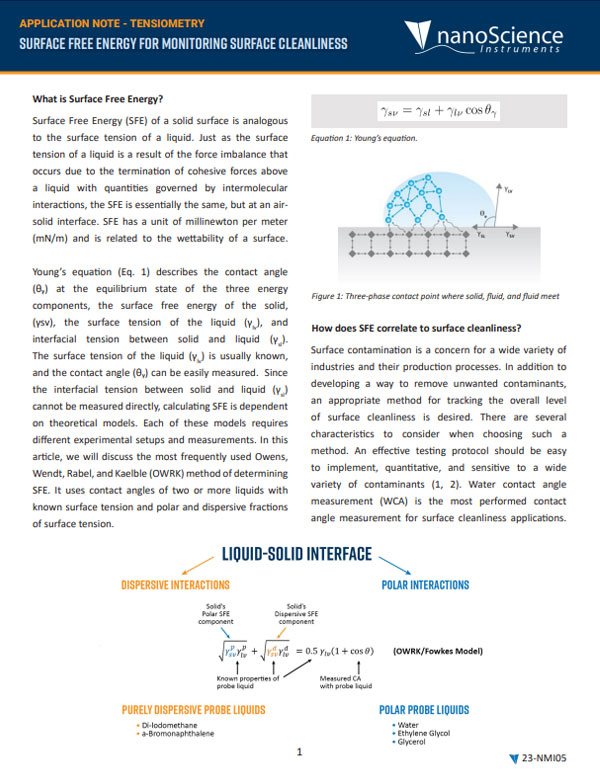
Surface Free Energy for Monitoring Surface Cleanliness

Ward's World Activity Guides - WS_Science By You Activity_Building
Sustainability, Free Full-Text
GOMA - A full-Newton finite element program for free and moving
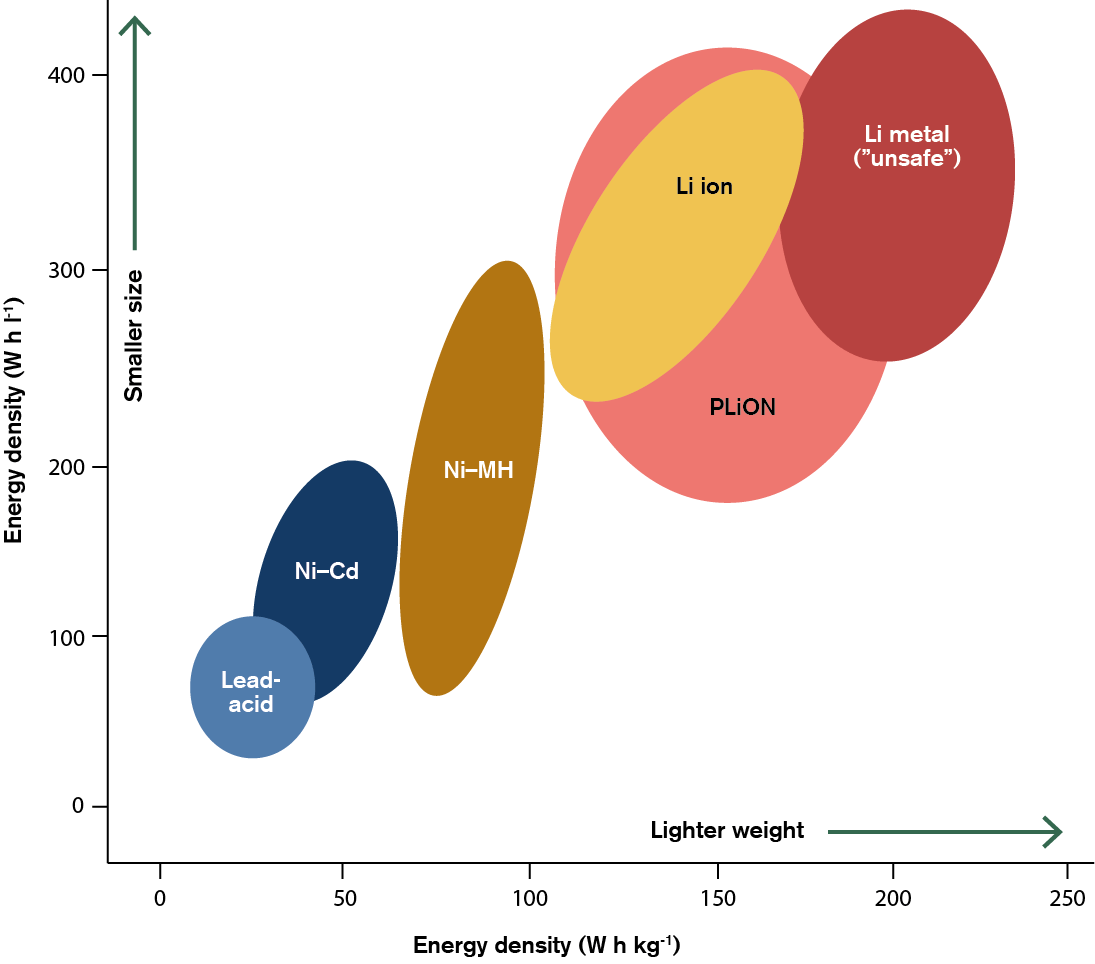
Lithium-ion batteries: powering the future

Access to Energy - 5 Volume Set
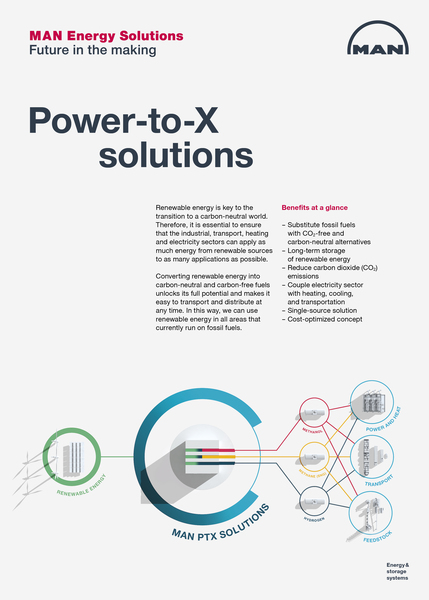
Solutions Tools & Downloads

Temperature dependence of the TiN(001) surface free energy
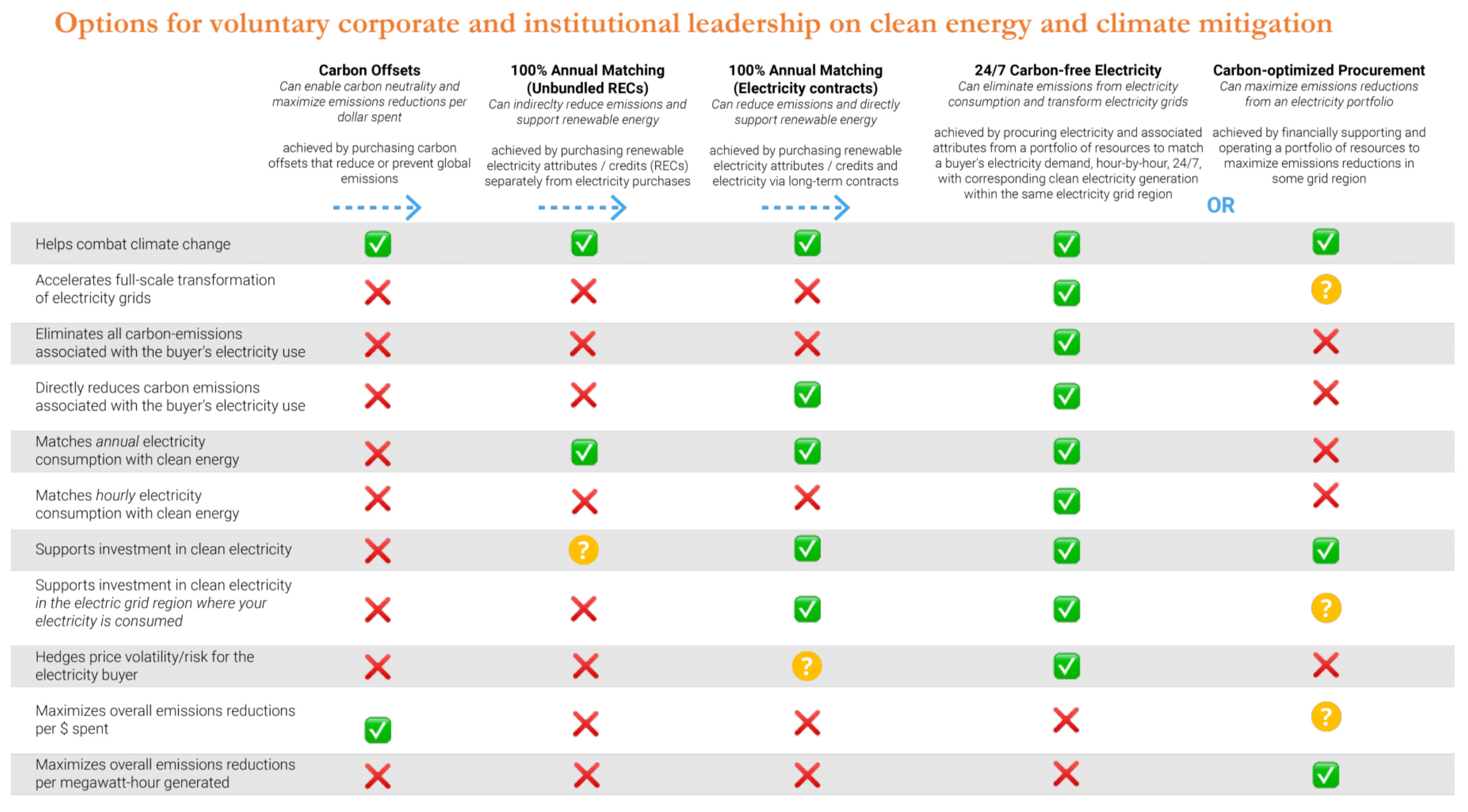
Energy systems and 24/7 carbon free energy
Recomendado para você
você pode gostar



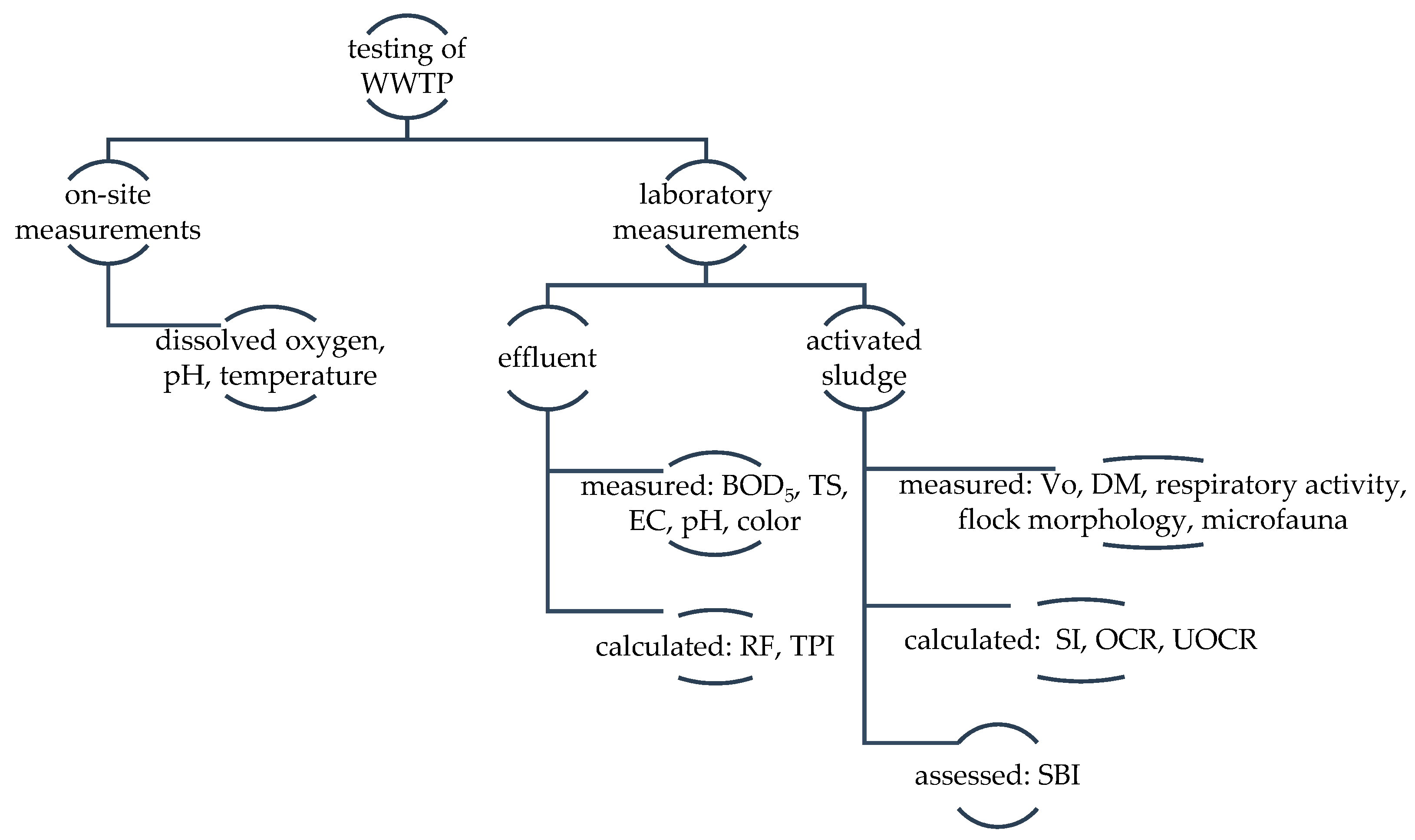



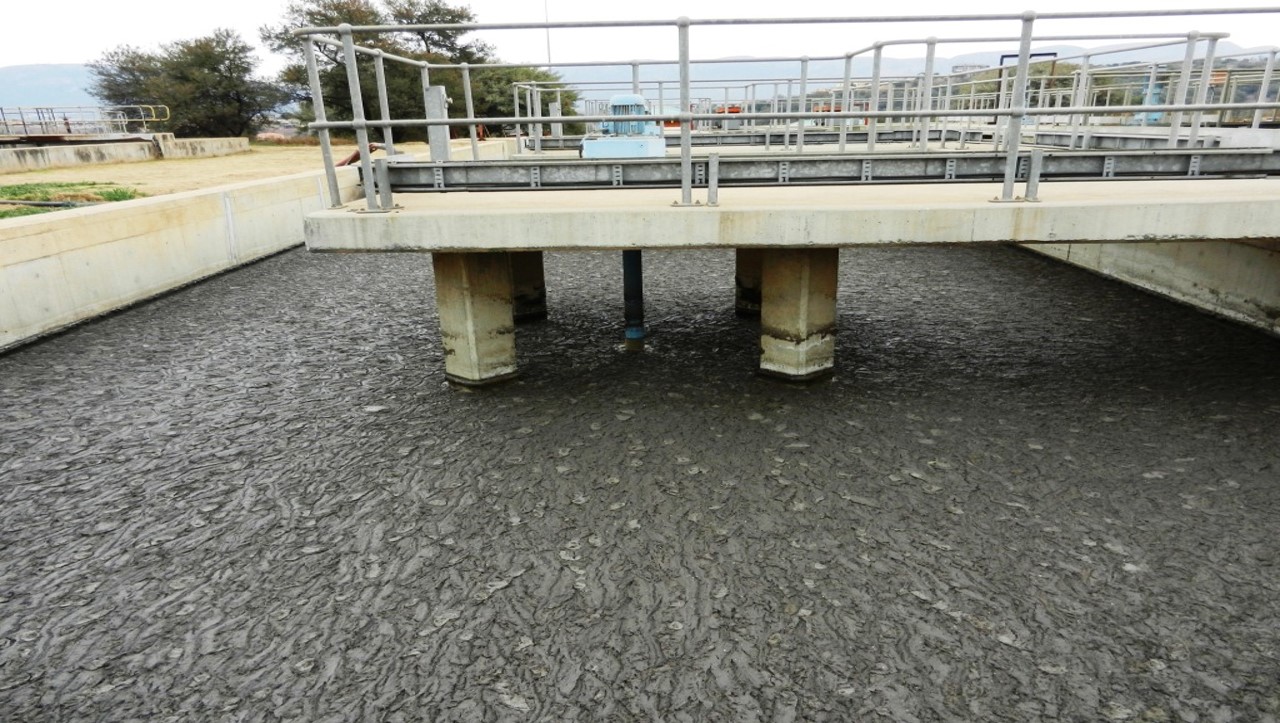
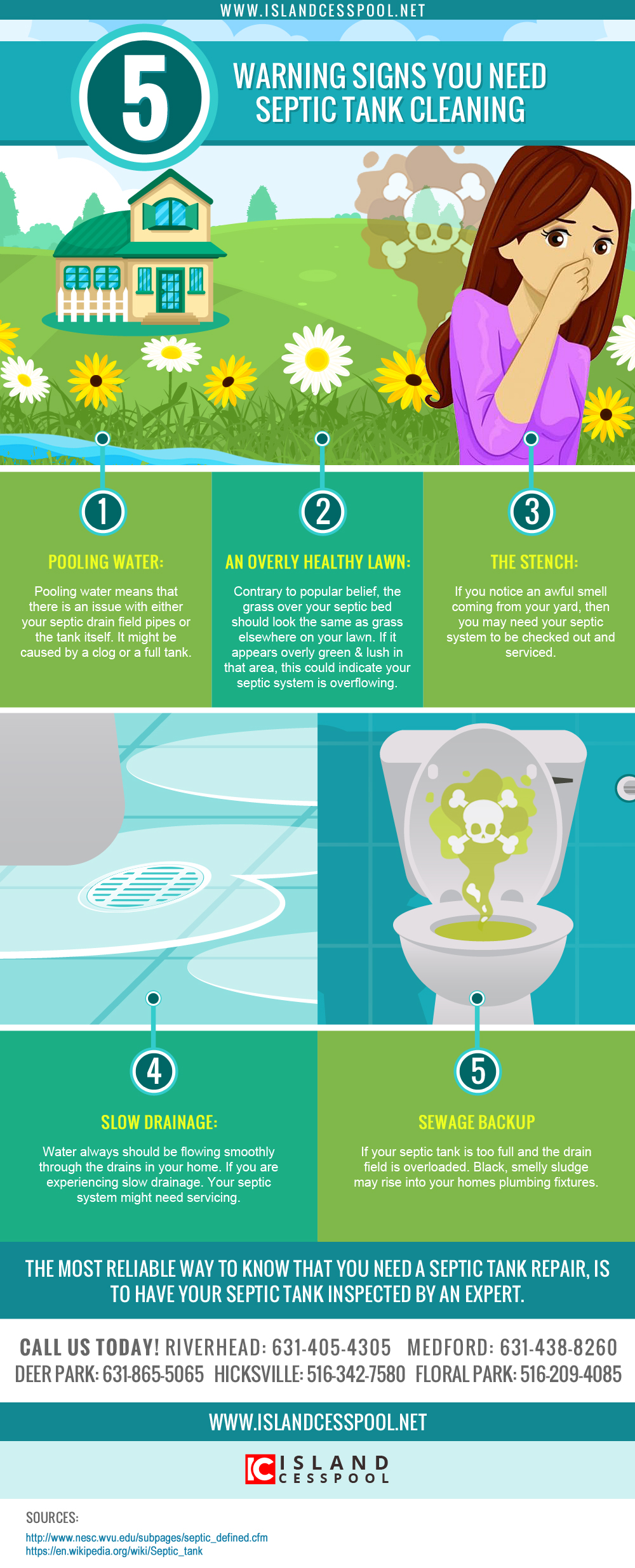









/cdn.vox-cdn.com/uploads/chorus_image/image/69422158/RACRA_Ratchet.0.png)
